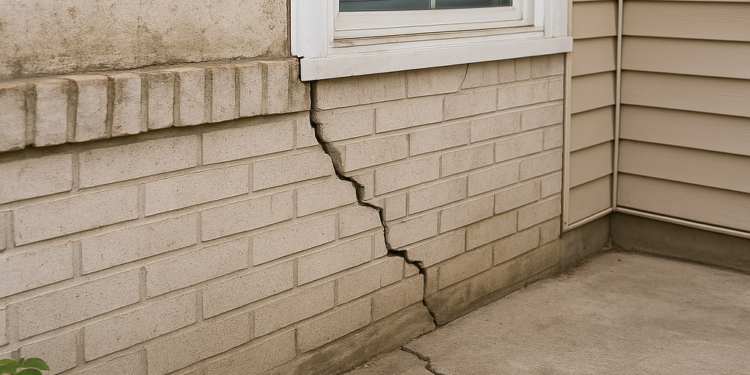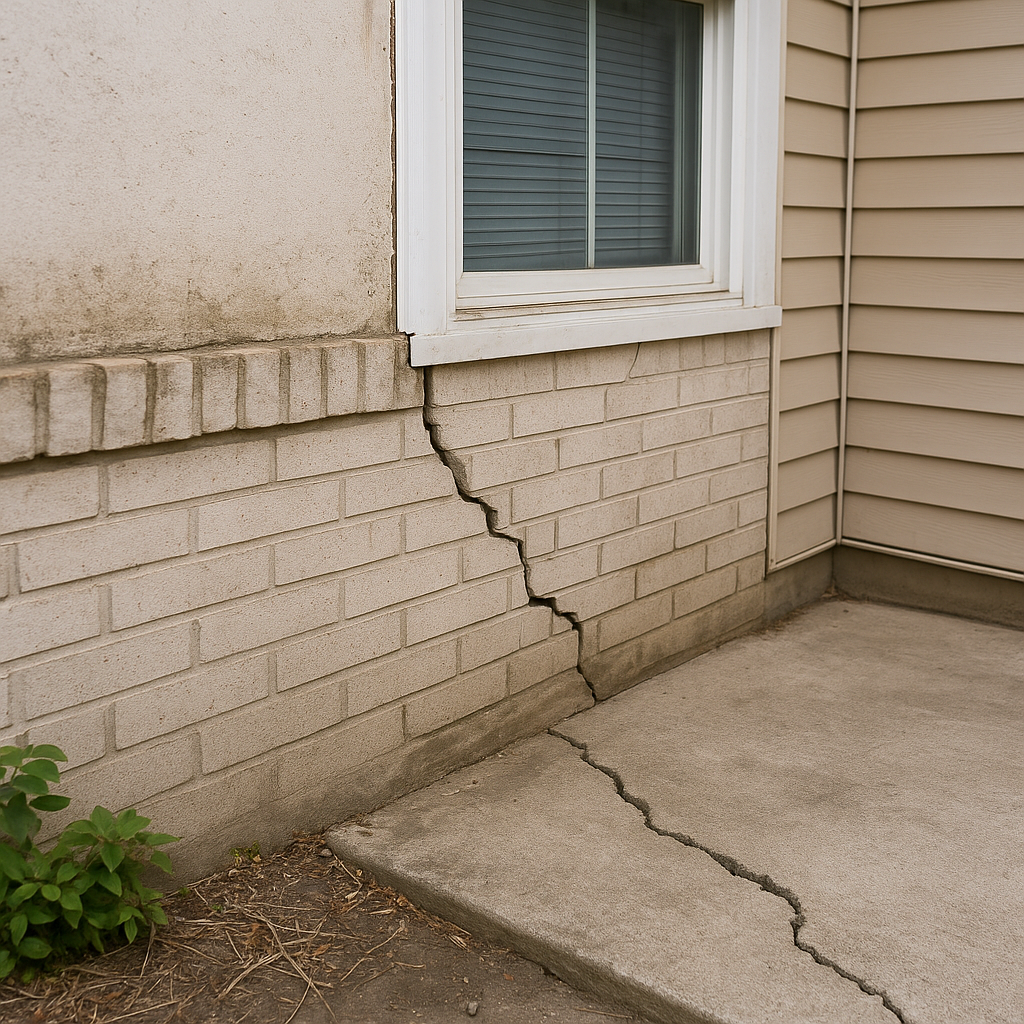From Soil Shifts to Structural Soundness: Preventing Common Causes of Foundation Settlement in Residential Homes

Table of Contents
What is Foundation Settlement?
Foundation settlement is the gradual sinking or shifting of a home’s base due to changes in the ground beneath it. This movement is natural and can be severe if it is uneven, ongoing, or excessive. Signs of uneven settlement include sudden drops, visible tilts, and cracks in floors or walls. Overlooked minor settling can lead to structural issues, safety hazards, and a reduction in property value. Even minor irregularities can cause permanent damage, making it crucial for homeowners to notice even slight changes in their home’s appearance.
For those encountering uneven surfaces, stuck windows, or suspicious wall cracks, seeking foundation settlement repair is a straightforward way to halt the development of problems and preserve structural integrity. Addressing warning signs swiftly is the difference between a manageable repair and a costly, disruptive overhaul later.

Most Common Causes of Settling
Foundation settlement results from a combination of environmental, construction, and landscape factors. One of the leading contributors is improper drainage around the property. When gutters, downspouts, or grading allow water to pool near the foundation, it can erode or soften supporting soils, causing the structure above to lose stability. Poor soil compaction during the home-building process is another common factor, underscoring the importance of quality construction from the outset. Large trees and lush landscaping planted near foundations often become an issue over time; their root systems seek moisture, drying out the earth around and under the home, which can cause soil to contract or shift unpredictably.
Clay soils deserve a special mention, as their ability to absorb and release water leads to more dramatic expansion and shrinkage than other soil types.
How Soil Type Impacts Your Home
Soil composition plays a crucial role in determining the success or failure of a foundation. Expansive clays, which act like sponges, can cause issues like Sheetrock cracks, sticking doors, and uneven floors. Sandier or rockier soils provide more consistent support and drain quickly. However, improper compacting or exposure to excess moisture or drought can pose risks. Local building codes now require detailed soil testing before construction, saving homeowners time and headaches. For high-risk regions, consulting local geological or construction authorities is a practical step. Ongoing monitoring is crucial as foundational concerns can develop due to weather changes or property drainage modifications years after a home’s construction.
Prevention Strategies for Homeowners
Stopping foundation trouble before it starts is within every homeowner’s reach with a bit of vigilance and routine care. Paramount among these preventive efforts is ensuring that downspouts extend far enough from the foundation to prevent water from pooling around it. At the same time, gutters should be cleaned seasonally so that rain flows away from the home as intended. Grading is equally important, as the ground surrounding the house should slope away at least six inches for every ten feet. Where pooling is a problem, adding or replenishing topsoil can redirect water as needed.
The Role of Drainage and Landscape Management
Effective landscape and drainage design can prevent many settlement problems before they occur. Downspout extenders ensure water is funneled far from the foundation, and French drains or gravel trenches can help redirect surface and subsurface water away from trouble zones. Avoid planting thirsty trees or large shrubs nearby, as their roots can disrupt soil balance and draw away critical moisture.
Balance is key: excessive dryness, just like oversaturation, encourages soil to contract or erode, causing loss of support. Instead, aim for consistent, moderate moisture by adjusting irrigation systems and choosing native, drought-resistant plants when possible. Regularly review your property’s water flow patterns, after a heavy rain or snowmelt, check that water moves away from the foundation and not toward it.






